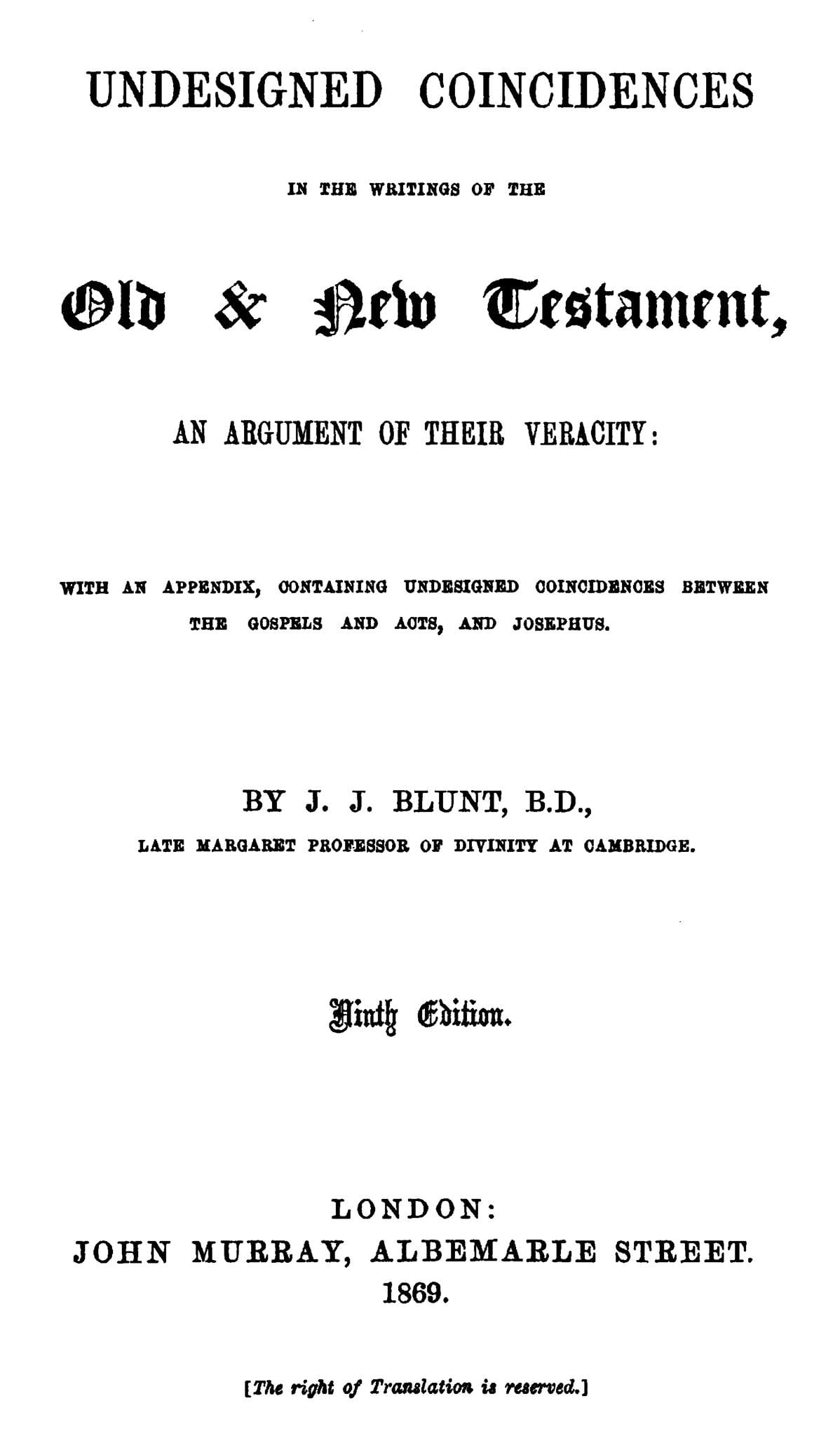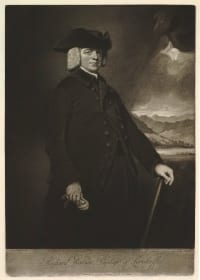 An undesigned coincidence occurs when one account of an event leaves out a bit of information that doesn’t affect the overall picture, but a different account indirectly supplies the missing detail, usually answering some natural question raised by the first. Forgers do not want to leave loose ends like this that might raise awkward questions; they take care to tie everything together neatly. But these are just the sort of things we would expect to find in authentic and at least partly independent records of the same real event told by different people.
An undesigned coincidence occurs when one account of an event leaves out a bit of information that doesn’t affect the overall picture, but a different account indirectly supplies the missing detail, usually answering some natural question raised by the first. Forgers do not want to leave loose ends like this that might raise awkward questions; they take care to tie everything together neatly. But these are just the sort of things we would expect to find in authentic and at least partly independent records of the same real event told by different people.
William Paley pioneer ed the argument from undesigned coincidences in his Horae Paulinae (London: Religious Tract Society, 1869), which provides an extended argument for the veracity of the book of Acts and the Pauline epistles. Blunt’s work Undesigned Coincidences (London: John Murray, 1869), inspired by Paley, applies the method of undesigned coincidences to both the Old and the New Testaments and then extends it to the coincidences between the New Testament documents and the works of the Jewish historian Josephus.
ed the argument from undesigned coincidences in his Horae Paulinae (London: Religious Tract Society, 1869), which provides an extended argument for the veracity of the book of Acts and the Pauline epistles. Blunt’s work Undesigned Coincidences (London: John Murray, 1869), inspired by Paley, applies the method of undesigned coincidences to both the Old and the New Testaments and then extends it to the coincidences between the New Testament documents and the works of the Jewish historian Josephus.
The new book Hidden in Plain View: Undesigned Coincidences in the Gospels and Acts by Dr. Lydia McGrew revives this argument pioneered by William Paley and developed by J.J. Blunt for the historical reliability of the New Testament that has been largely neglected for more than a hundred years.
Get your copy of Hidden in Plain View today at Amazon or Barnes and Noble!




